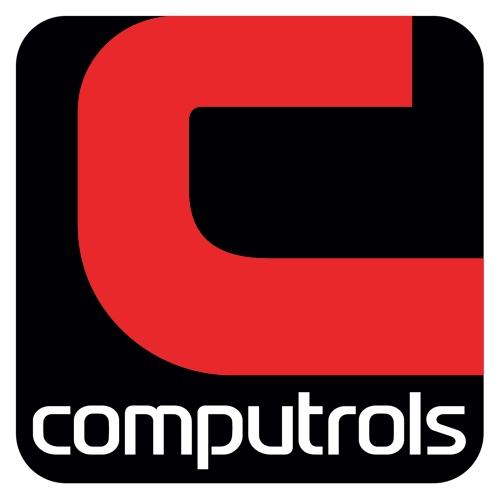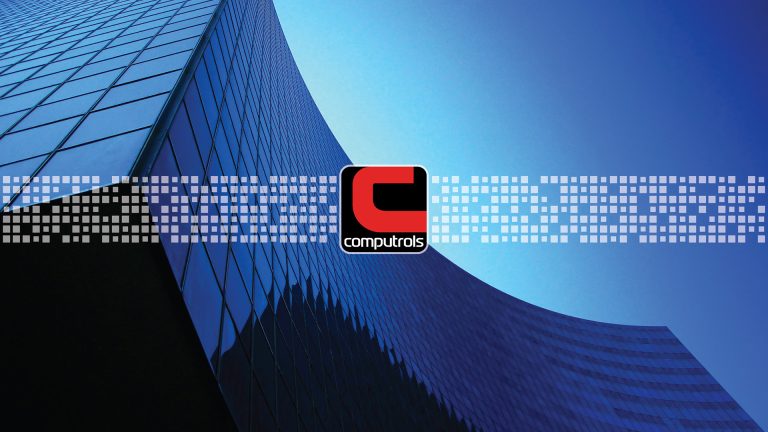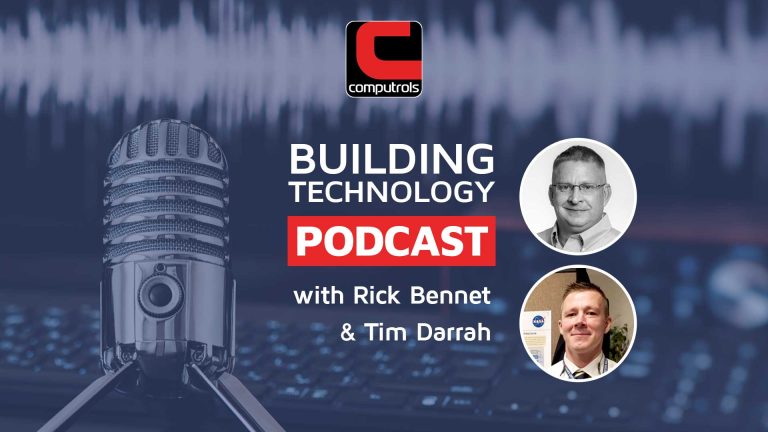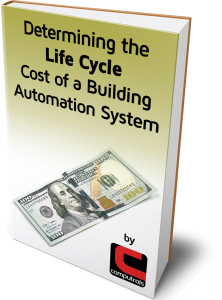 Alan Cherry
Alan Cherry
Plant Engineer, Saddleback College
Tell us a little about yourself…
I have been in the HVAC trade for 34 years now, with my past 22 years at Saddleback College. My first introduction to building automation was a Barber-Colman Network 8000 system featuring a server the size of a small desk and 8” floppy disks for backups. It seems DDC technology has improved a little since then.
How long have you been using CBAS?
Our Computrols system was phased in beginning in 2011 replacing another obsolete system. We’ve been operating 100% CBAS for the past 6 years.
What are your favorite features in CBAS and why?
The flexibility of the hardware is key. It’s nice to not be restricted to “x” amount of binary and “x” amount of analog points. I like having the ability to customize the controller to match the system requirements. The warranty on the hardware is a bonus as well. Buying replacement boards for a system can be pricey.
On the software side, it’s really pretty straightforward to use. The text view allows me to group points in a concise order for quickly scanning through systems. The graphics have made it possible to use Visio to create layouts that match our system designs for a nice overall view. What I really like though is the logic programming. If a sequence isn’t working quite right, it isn’t difficult to make edits and try it again. With a little trial and error we have come up with some workable control strategies for most of our buildings.
What have you been able to accomplish since you have started using CBAS?
I think we’ve been able to achieve a good balance between efficiency and comfort in operating economizers, using static pressure resets for our VFD operated fans, and temperature resets for zone control. We’ve effectively tuned PID loops so most of our control parameters are spot on and of course we use the Optimal Start function on all of our units. CBAS has also aided in problem solving for us. One example was a set of rooms in which the instructors felt that the doors should be propped open to introduce fresh air. Installing door contacts and writing a logic sequence to turn the units off after a set time took care of that practice. So far, our boundaries have only been limited to our imagination.
What kind of impact has CBAS had on your building from an energy consumption and/or operational standpoint?
I believe our energy consumption has been reduced quite a bit with some of the strategies we’ve been able to incorporate. It’s a situation where the faculty and students want to be comfortable in the classroom and the administration wants to save money. The CBAS system allows us to try different methods in order to achieve a happy medium. Operationally, it’s nice to see everything from a single screen. After a quick survey of the system each morning I can send techs to check out alarm conditions before the buildings are occupied. The efficiency isn’t only in cost savings but in reaction time to potential issues as well.

Are your employees more engaged with the system?
They certainly are. Our HVAC techs carry tablets on their service vehicles. We have the Web Server on campus so in the course of doing maintenance they’ll use their tablets to command dampers, valves, etc. for operational checks. They will also check the graphics for service calls to examine the system in question and make a pre-determination as to if an issue might be control related or a potential mechanical problem. In time, I hope to get them in tune with reading logic and identifying sequences as part of their troubleshooting skills.
What do you see in the future of building automation?
Every time I think technology has reached its full potential something new is developed that improves it even further. We not only use CBAS in building automation, but we control our swimming pools, domestic hot water tanks, and a variety of other types of equipment with our system. Systems anymore are all-encompassing integrating, HVAC, fire, security, lighting, etc. I would expect to see a more common communication protocol between manufacturers so that systems would be truly seamless. Computrols does well with its interfacing but sometimes there just aren’t enough communication ports available when dealing with multiple protocols.




